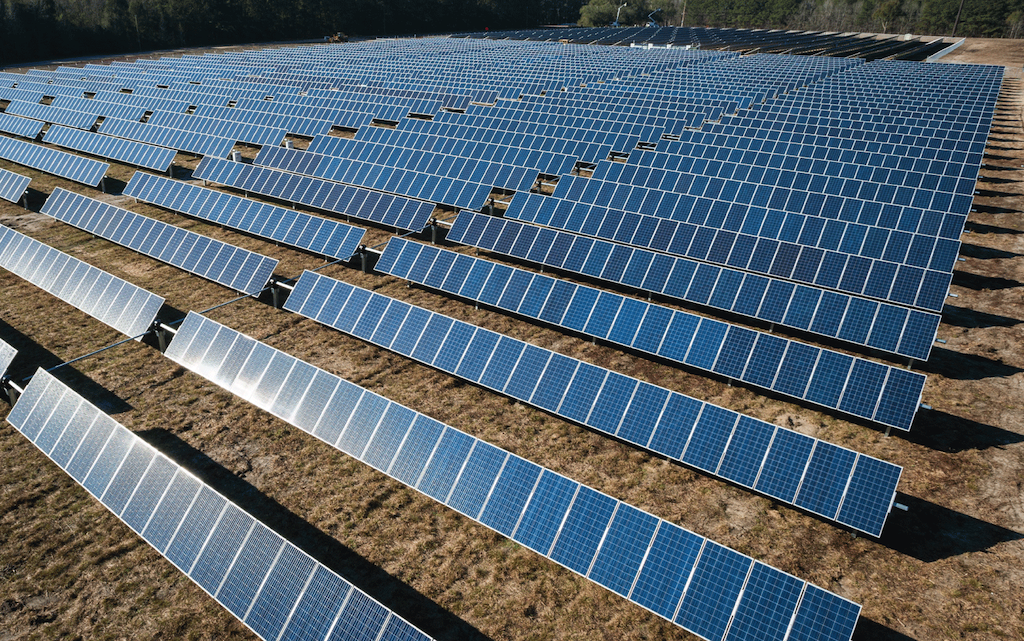5 Mins Read
From generating huge amounts of waste to spewing out greenhouse gases, here is everything you need to know about the environmental impact of your digital use and what we can individually do to minimise it.
Thanks to the Digital Age, we have managed to cut down on our consumption of physical resources such as wood for paper, but the emissions produced from maintaining and powering devices, cloud storage, data centres can add up. With access to the Internet and online services continually on the rise, so does our digital footprint rise.
What is your digital footprint?
Have you ever wondered about the environmental impact of your online activity? While the internet’s data is essentially invisible, it needs to be processed and stored in massive data centres all over the world that are powered round-the-clock to send information back and forth between all our digital devices, from phones to laptops and tablets. Our digital world accessible at just a click of a button does in fact leave a trail of waste and emissions on our planet.
Currently, 2.5 billion people in the world are connected to the internet, and with this figure set to grow, so will the carbon footprint generated from the digital world. According to global nonprofit Climate Care, the internet’s annual energy and carbon footprint stands at 830 million tonnes of carbon dioxide, which is roughly 2% of global carbon emissions. Right now, the global digital footprint is the same as that of air travel, but it is poised to quickly exceed the aviation industry soon.

So where exactly do all the emissions from the online world come from? In the first place, tech companies have to manufacture and ship out huge internet hardware, such as servers, computers and phones, which not only requires huge amounts of resources and energy in the making process, but also releases huge amounts of emissions from both production and transportation.
Then, these devices themselves have to be powered and cooled – and most of the time, the electricity is drawn from a grid that is coal, gas or oil powered rather than using renewable energy, which again spews out greenhouse gases into the atmosphere.
When it comes to using our devices, every single time we use a search engine, it requires the use of energy from internet hardware to our devices themselves, and there is a corresponding emissions output. This is because every single search requires the use of multiple servers, which sends information back and forth. According to Climate Care, just one Google search can produce anywhere between 0.2 to 7 grams of carbon dioxide emissions – 7 grams equates to driving a car 52 feet. Emails containing lots of information or sent to multiple contacts can generate up to 50 grams of carbon dioxide – that’s enough energy use to power 6.4 average smartphones.
How can we minimise it?
While using our digital devices and surfing the web has become unavoidable in the modern age, there are indeed a few tips we can follow to reduce our digital footprint.

Adjust your power settings
Setting computers and devices into sleep mode or hibernation will help conserve energy when you are not using them. Shutting them down or turning monitors off altogether will save even more.
Stop data tracking
Almost every single website or search engine transmits data about you to hundreds of companies. There are some engines such as Firefox that have introduced tracking protection against personal data collection, but one of the most eco-friendly choices available is Ecosia, which does not track any of your private data and its centres are powered by 100% renewable energy. Ecosia also plants trees using the ad revenue generated, which helps offset some of emissions generated from your device’s power use.
Lower screen brightness
Sustainability department at Harvard University recommends dimming our monitors and screens by 30% can help cut down a significant amount of energy and ease eye strain too.
Download or selective streaming
Music and video streaming requires huge amounts of data being transmitted back and forth servers, which uses up a lot of energy and emissions compared to downloading, which involves pulling data from servers just once. If downloading is not an option, Greenpeace’s Click Clean Report shows which streaming services are more eco-friendly than others.
The digital industry needs to step up

With the tech devices and the internet becoming more accessible than ever before, the accompanied data growth will drive an explosion of the global digital footprint. So while we can each make informed choices to minimise our online footprint, there needs to be a system-wide change if we are to effectively combat the growing emissions that will inevitably come from an increasingly digitised world.
Companies such as Wholegrain Digital have developed a website carbon calculator to help users and corporations to understand the impact their sites have on the planet and find ways to make websites more sustainable through low carbon designs, more efficient loading speeds, setting up a page weight budget and using renewable energy to host the data centre. Founders Tom and Vineeta Greenwood say that as our climate crisis escalates, a “zero carbon internet revolution” must happen if we are to effectively curb the rising emissions inevitable from a digitalised world.




